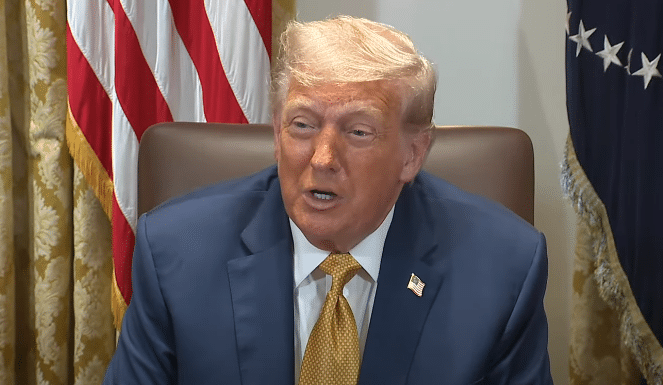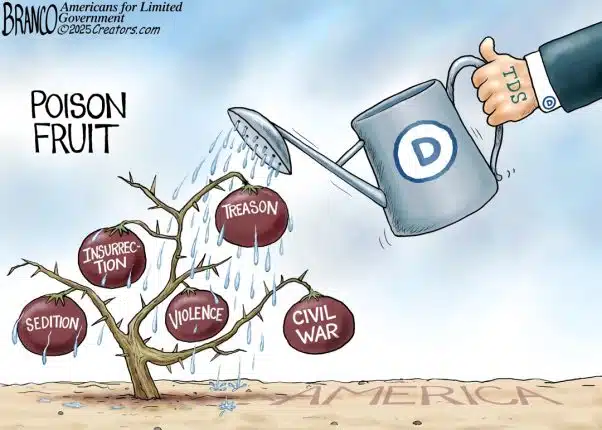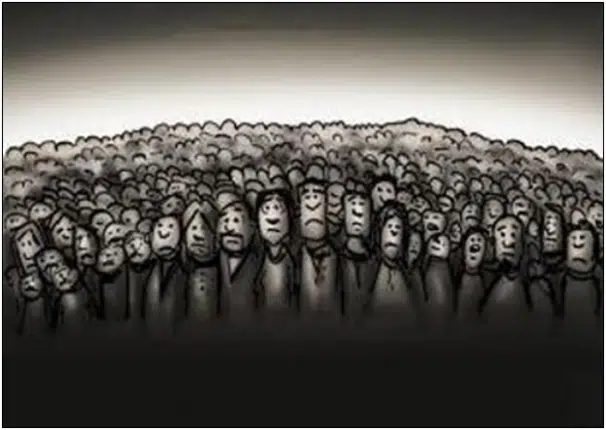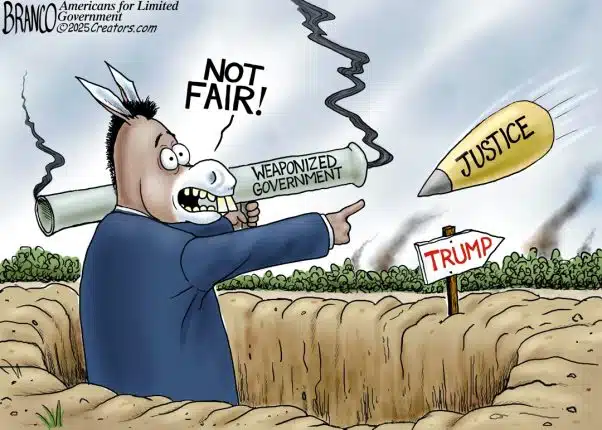
Not much has changed since the November 2024 election of President Donald Trump to his second term, according to the latest poll by Emerson conducted July 21 to July 22, with 50 percent of 2024 voters approving of the President’s handling of the job, with 46.8 percent disapproving.
This largely mirrors the popular vote in 2024, when 49.8 percent voted for Trump and 48.3 percent voted for former Vice President Kamala Harris. In the poll, Trump largely retains his base of support, with 93 percent of Trump voters approving of Trump and 3.5 percent disapproving. In the meantime, 6.6 percent of Harris voters approve of Trump, with 91 percent disapproving.
It is only when respondents who didn’t vote are added to the poll that the picture changes, with only 22.8 percent of non-voters approving of Trump and 47 percent disapproving. With the wider range of non-voters included, Trump’s approval drops to 45.7 percent while 46.8 percent disapprove.
Similarly, in the 2026 generic Congressional ballot, when 2024 non-voters are included, Democrats lead Republicans 44 percent to 41.5 percent, with 14.4 percent undecided. But when the non-voters are excluded, the lead is much narrower, 46 percent to 45.2 percent, with 8.7 percent undecided.
On the undecideds, 9.3 percent of Trump voters are undecided about 2026, while 6 percent of Harris voters are undecided. As a result, 91.2 percent of Harris voters say they’re voting for the Democratic candidate but only 87.7 percent of Trump voters say they’re voting for the Republican candidate. 2.8 percent of Harris voters would vote for the Republican candidate and 3 percent of Trump voters say they would vote for the Democratic candidate, effectively cancelling each other out.
For Republicans in 2026, then, there is a potential persuasion task to almost one in ten 2024 Trump voters who say they don’t know who they’re voting for in 2026. On the other hand, Harris voters being slightly more dialed in is unsurprising, as Congressional midterms usually favor the out party.
What would be troubling for Democrats is the size of the lead a mere 2.5 percentage points overall and just 0.8 percentage points among 2024 voters. Generally speaking, Congressional midterms are higher propensity voter affairs with lower overall turnout. Voters who didn’t turn out for 2024 will be even less likely to turn out for 2026.
That’s a very small lead. In the average of national polls taken, right now, Democrats only lead the generic Congressional ballot 45.5 percent to 42.6 percent, just 2.9 percentage points.
Whereas, in 2006 midterms during George W. Bush’s second term, when Democrats reclaimed the House and Senate from Republicans, the average of polls had Democrats leading the generic Congressional ballot 52.1 percent to 40.6 percent, an 11.5 percentage point lead although that overstated the outcome a bit, with Democrats winning the House popular vote 52 percent to 44 percent.
In the 2018 midterms during Trump’s first term, when Democrats reclaimed the House but not the Senate, the average of polls had Democrats ahead, 49.7 percent to 42.4 percent, a 7.3 percentage point lead, and Democrats won with 53.3 percent to 44.9 percent.
Meaning Trump and Republicans are well within striking distance for 2026.
And if anything, among 2024 voters — who would be more likely to vote in 2026 — Republicans are picking up steam compared to Emerson’s June poll. In June, Democrats led Republicans among 2024 voters 45.9 percent to 43.1 percent. In a month, Republicans have picked up two points among 2024 voters while Democrats remain unchanged, again, with Democrats leading 46 percent to 45.2 percent.
Similarly, Trump’s approval among 2024 voters jumped two points compared to June, when it was 48 percent approving to 47.3 percent disapproving, to now 50 percent approving to 46.8 percent disapproving.
And Trump’s standing among 2024 Trump voters improved, from 89.6 percent in June to now 93 percent in July.
So much for supposed Make America Great Again (MAGA) discontent over the Jeffrey Epstein case! In fact, per Emerson, in July, the issue largely breaks down along party lines, with 80.7 percent of Harris voters disapproving of Trump’s handling of the Epstein files but only 23.2 percent of Trump voters disapproving. Meanwhile, 29 percent of Trump voters approve, while 47 percent are undecided, and only 5.9 percent of Harris voters approve with 13.4 percent undecided. It’s become a partisan issue and one that does not appear to hurt Trump in the slightest in the polls.
Likely that’s because there are much more important issues, with the economy topping the list in the July 2025 poll at 31.3 percent, about where it was a month ago. Which, with inflation still cooling from its 2022 highs and the President’s final tariff rates about to take effect, plus unemployment still low, could ultimately improve the President’s and Congressional Republicans fortunes going forward. As usual, stay tuned.
Robert Romano is the Executive Director of Americans for Limited Government Foundation.






